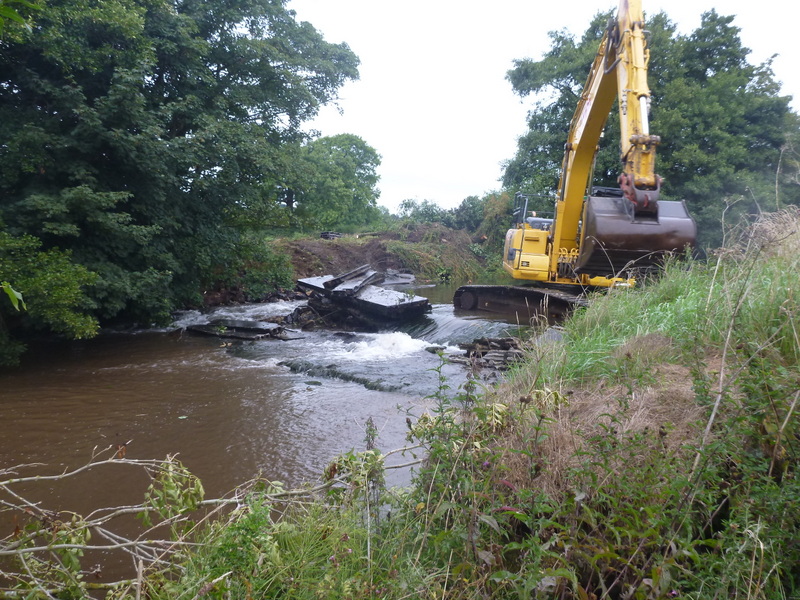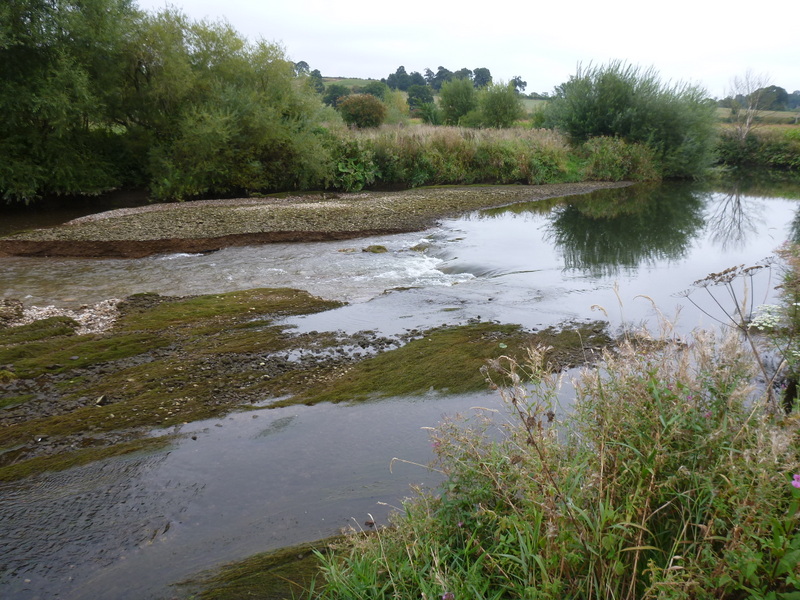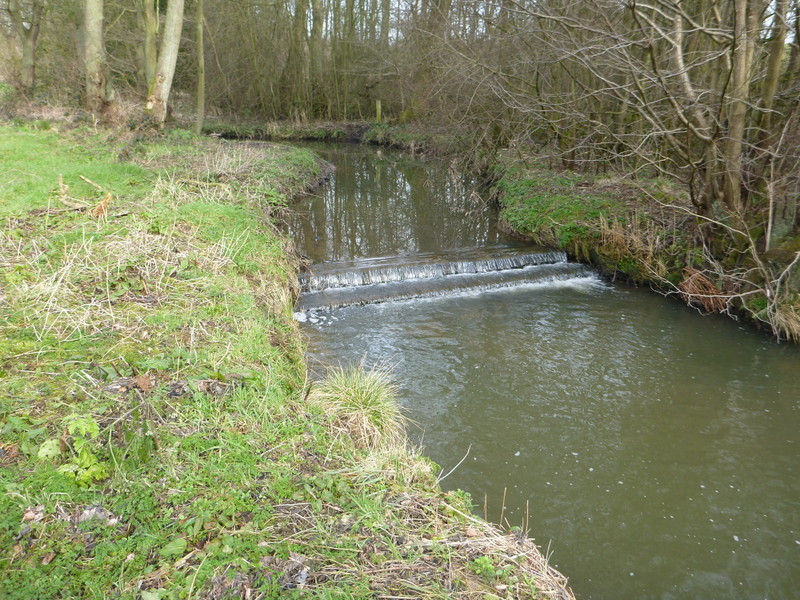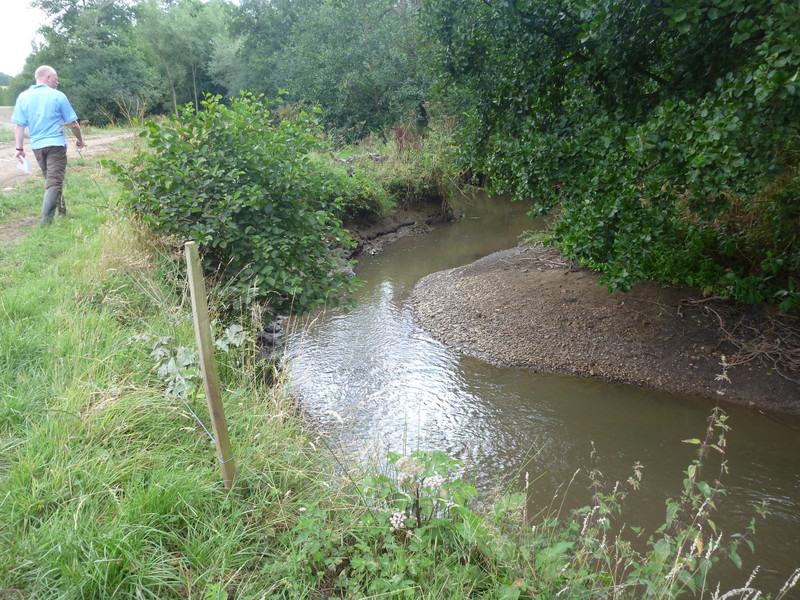The Wild Trout Trust (www.wildtrout.org) has been working with partners on the River Dove and its tributaries to remove over fifty weirs in 2017-2018. The River Dove forms the boundary between the counties of Derbyshire and Staffordshire in central England.
The weir removals took place at three locations within the catchment:
-
“Letting the Dove Flow” project
The Letting the Dove Flow project is taking place in the upper reaches of the River Dove within a nature conservation area (part of the Peak District Dales Special Area of Conservation). The aim of the project is to restore a natural river within this beautiful landscape. Since 2015, over 170 small weirs have been identified, catalogued and assessed for their heritage value.
The area is very popular with visitors (over 400,000 visits per year to Dovedale) and many of the weirs have been in place for at least 150 years. In such a public location, explanation and interpretation of the work has been an important part of the project. Articles in the national and local press, and radio interviews have shared the aims of the project with a wider audience. Public engagement days were held in the most popular visitor areas with a range of activities including river dipping and creative activities to engage people with the paintings of the valley before the weirs.
www.nationaltrust.org.uk/ilam-park-dovedale-and-the-white-peak/features/letting-the-dove-flow
So far, eight of the largest weirs have been removed by volunteers from the local angling club and the National Trust (a national charity and one of the largest landowners). As well as weir removal, the introduction and retention of large woody material within the channel is helping to improve the natural river habitat. The partners in the project include Wild Trout Trust, National Trust, Leek & District Fly Fishing Association, Natural England, Environment Agency, Peak District National Park Authority and Trent Rivers Trust.














